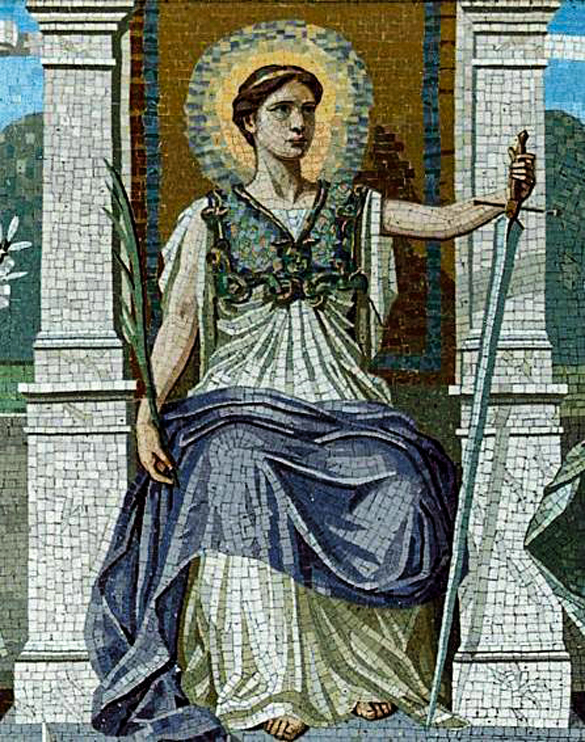Criminal Justice Overview
The first criminal justice program was established at the University of California, Berkeley, by Berkeley Police Chief August Vollmer, in 1916.

photo: Chief August Vollmer - Public Domain
In the 1920s, criminal justice emerged as an academic discipline.
The criminal justice system includes three distinct components: (1) Law enforcement; (2) The Judiciary; and (3) Corrections. All of these parts operate independently as well as together under the Rule of Law.
Law Enforcement agencies investigate crime and make arrests. Law enforcement agencies are empowered to use force in the performance of their duties which includes maintaining social order, crime apprehension and reduction, and providing for public safety.
The Judiciary refers to the legal system where offenders of criminal laws are tried. The judiciary includes the prosecutors who bring and present criminal charges against a defendant, defense attorneys who represent those charged, judges who ensure due process and fair trials, and juries who decide guilt.
Corrections refers to the system that deals with criminal offenders once they are convicted. Corrections administers punishment determined by the judiciary and can be applied through the theories of incapacitation, rehabilitation, deterrence, and retribution. Corrections includes a wide variety of agencies, which are reflected through jails and prisons, probation, parole, and a variety of alternative sentencing options.
The study of criminal justice includes the study of a wide variety of institutions, the roles each play, and the governing rules of law, policies, and procedures. The study examines historical perspectives, modern practices, and legal theories. The study of criminal justice requires a cross discipline approach in addressing many modern social issues. Criminal justice students can expect to develop fact and evidence based reasoning abilities, critical thinking skills, and communication skills in the course of their studies.

photo: Mosaic by Frederick Dielman - Public Domain
.........................................................................................................................................................
Mosaic representing both the judicial and legislative aspects of law. The woman on the throne holds a sword to chastise the guilty and a palm branch to reward the meritorious. Glory surrounds her head, and the aegis of Minerva signifies the armor of righteousness and wisdom.
.........................................................................................................................................................

 My Canyons
My Canyons  Canvas
Canvas 
